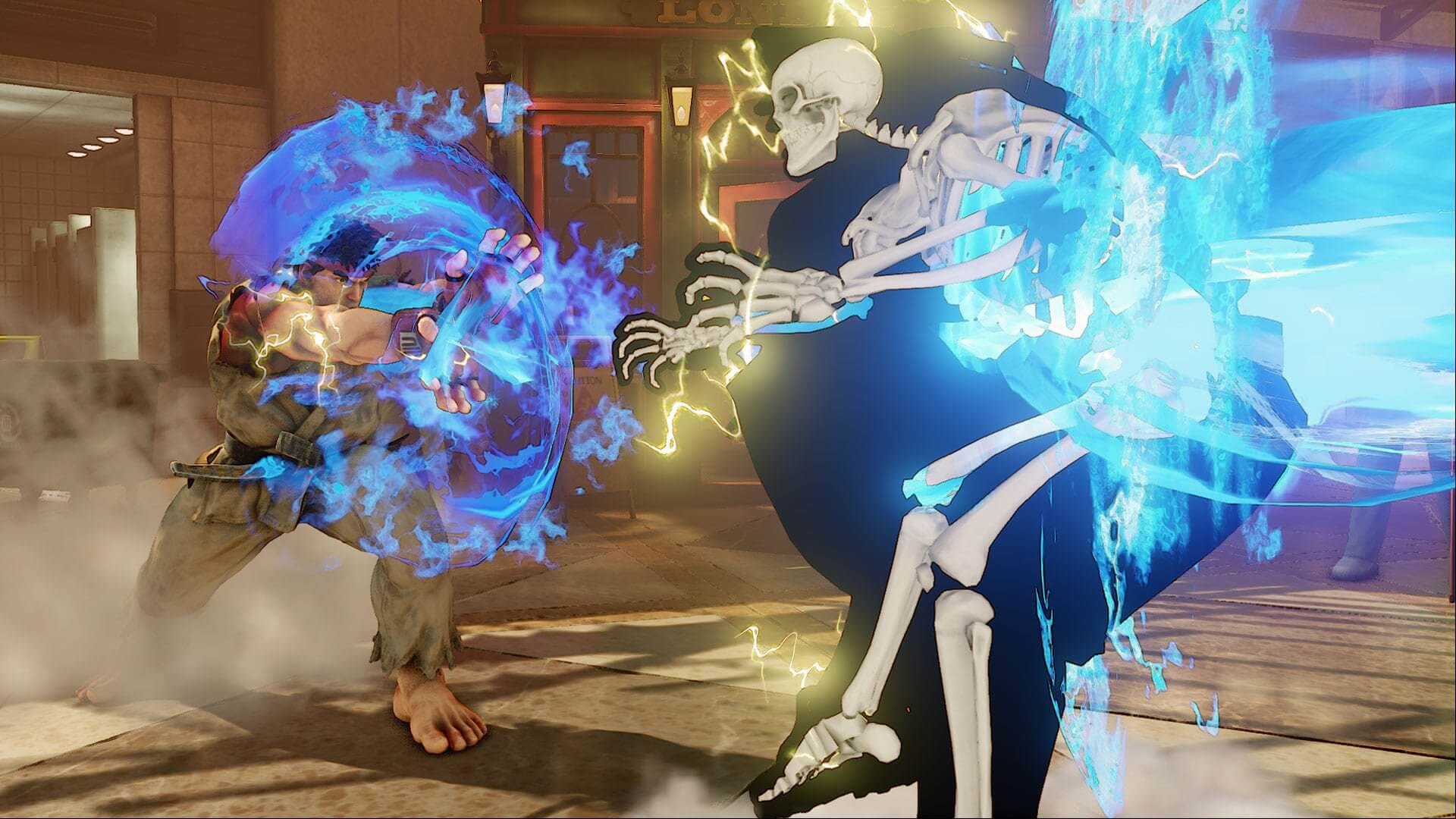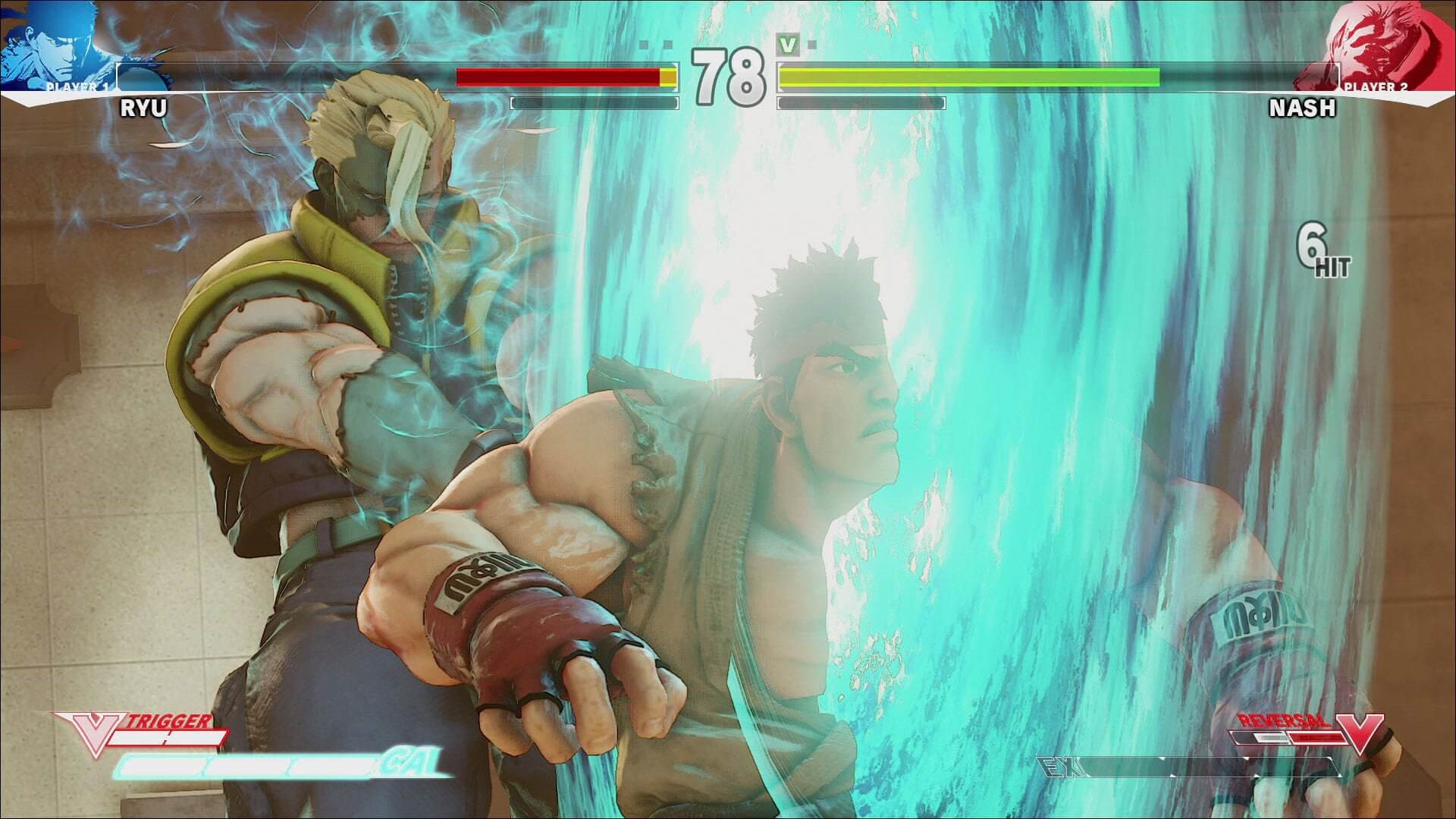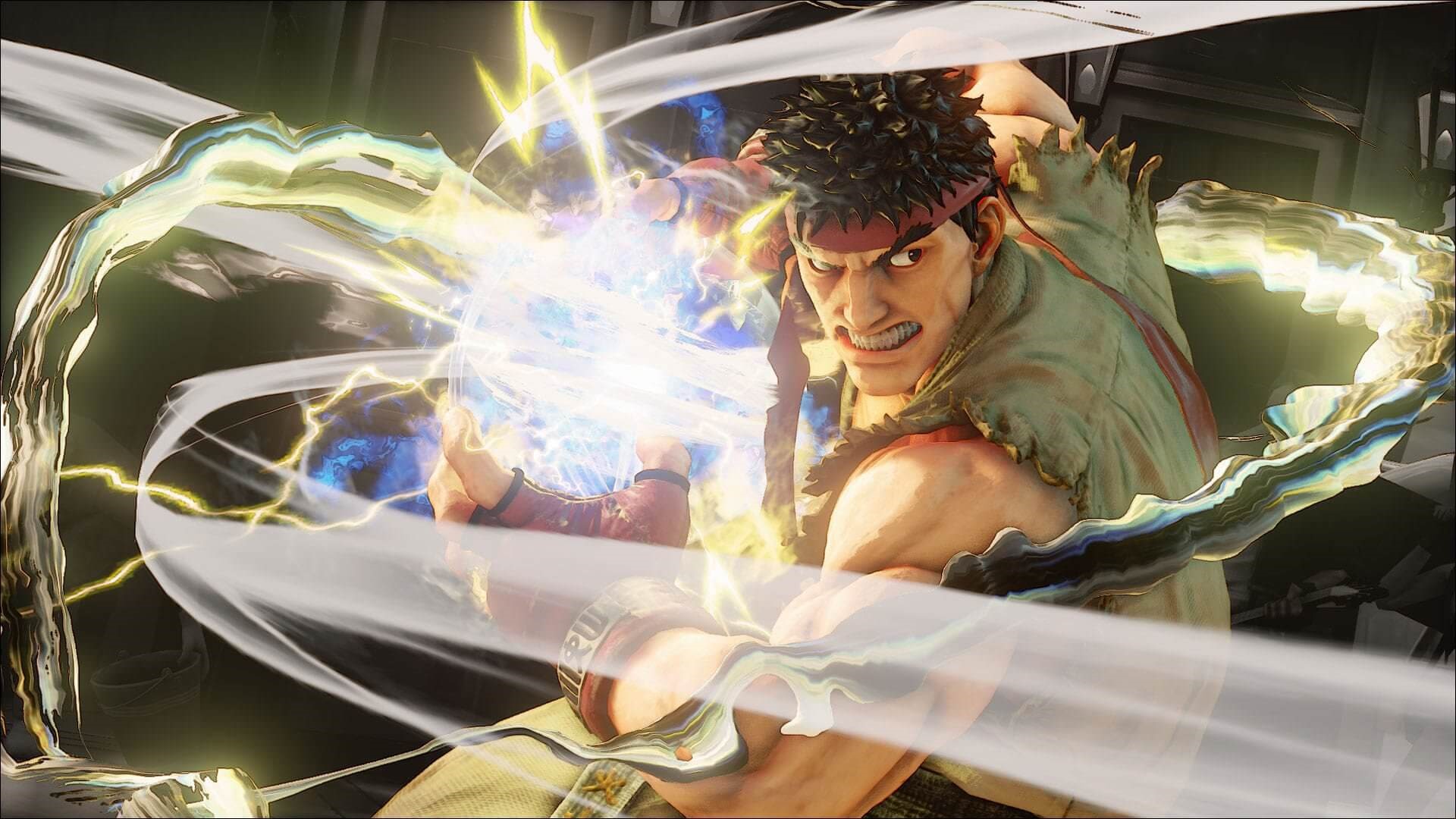Watching Street Fighter Pt. 2

This is the second part in my series on understanding and watching Street Fighter.
Part I covered all of the boring stuff like gauges, rules, and terms. Part II is going to get into the good stuff: strategy!
I’ll be listing some common situations that occur, what they mean, and how they contribute to the outcome of the match.
All of the examples below will pull from this fight. (the match actually starts 4 minutes in)
Life Lead Permalink
When one player has significantly more health than another player, they are considered to be in the lead, forcing the other player to catch up. Remember the goal of each match: Have more health than your opponent when time runs out.
Once a player gains the Life Lead, the pressure is off a little bit. They can play more carefully and defensively, letting the clock run down. They can afford to make a few mistakes. At the same time, the player with less life must be more aggressive, taking greater and greater risks, all while protecting what little life they have left.
Example – 6:34 – See how Nash (in the yellow) gets a lead early and plays it safe, waiting around for Ryu to make a mistake.

Block String & Recovery Permalink
Without going into too much detail, all attacks have 3 phases:
- Startup – A short period of time to telegraph the attack. Think of it like a windup. It’s also the chance for the other player to react to this attack, usually by blocking.
- Active – The time when the attack can deal damage. Just as the punch connects, or the fireball hits. This is also a pretty short amount of time.
- Recovery – After every attack there is a period of time where the character is vulnerable and can be attacked. Stronger attacks have longer Recover, making them riskier.
This recovery stage is the most important one to look for. It’s the chance for the opponent to turn the tables. It’s the reward for blocking all of the previous attacks. Be sure to watch when players turn the tables after a long combo, or counter attack during a recovery phase.
Example – 8:35 – Ryu jumps over and starts hitting Nash. Once Nash blocks all of the attacks, Nash can make some attacks of his own, dealing damage.

Knockdown and Wakeup Permalink
The knockdown is a special moment during a match. Normally players have space to maneuver; jumping over attacks, backing away from fireballs, or moving in for a throw. However when a player is knocked down, their options quickly become limited.
While on the ground, players cannot be harmed, not until they stand back up. Opponents know this, and will wait for the other player to rise, causing a short lull in the match. As a player is getting back up, they have one chance to act. This moment is known as “Wakeup.” There are a few things that a player can do “on Wakeup”.
- Block. Blocking is the safest option. It will protect from combos that the opponent has had plenty of time to setup and prepare for. But blocking leaves you open to a throw, instantly putting you back into a Knockdown start, and starting the cycle all over again.
- Throw. If your opponent is blocking, then throwing will put THEM into a knockdown state, giving you the advantage. Throwing can quickly turn the tables, but will be beaten out by attacks.
- Attack. Attacking on wakeup is very tricky. Street Fighter V has a mechanic called a “Crush Counter”. Basically this means that stronger attacks can over-ride, or “Crush” weaker attacks. Each character has a few attacks that can Crush Counter. On wakeup you must be careful to use attacks that are not easily Crushed.
Example – 12:30 – When watching the match, pay attention to what players do after they are knocked down. It is a very tricky situation to be caught in, and watching what a clever player does on wakeup will say a lot about them.
This is an incredible situation. You can see Nash grab Ryu. Ryu thinks “well, he grabbed last time, he won’t do it again.” Grabbed again. Ryu can’t believe it will happen again, and blocks, expecting an attack. Grabbed again. Nash throws Ryu FIVE times in a row! That’s just unheard of, and Ryu guessed wrong every time.
Mixup Permalink
Normally jumping is extremely dangerous in Street Fighter. Players can’t block in the air and they can’t alter their trajectory. It’s relatively easy to hit an opponent that jumps at you.
Mixups are the exception to this rule. Often used when the opponent is knocked down, a player can jump over and attack from the other side. This forces players to quickly switch from blocking on one side to blocking on another side. It’s a great way to rattle an opponent, and takes a lot of practice to defend against.
The risk is that mixup attacks are made from the air, which we’ve mentioned before is a very vulnerable place to be. Mixups are a great example of SFV risk/reward gameplay. When watching a match, notice how players who use mixups are either trying to put on the pressure, or may be acting in desperation.
Example – 8:31 – Ryu is putting on the pressure. Ryu knocks down Nash, and immediately jumps over the other side, mixing up Nash.
Magic Pixel Permalink
One of the new mechanics added in Street Fighter V is that chip damage can’t result in a KO.
Whenever an attack is blocked, it still does some damage, albeit a lot less. This damage is often called “Chip Damage” since it’s very small. But when a player only has a little health left, sometimes all it takes is small amount of chip damage.
However, in SFV, you cannot kill an opponent with Chip Damage. A careful player can block everything, even if they only have 1 point of health left, often called the “magic pixel”. The opponent must score a clean, unblocked hit to take the match. Note that players can still be thrown, which is usually the best way to overcome the Magic Pixel state.
Because of this, SFV allows for some incredible comebacks. A player with no health can still win, and even suffer some attacks, so long as they block everything perfectly. If both players are down to the Magic Pixel, then it is a tense game of one-hit kills.
Example – Other – Unfortunately this match doesn’t contain a lot of the Magic Pixel. so here is a match I was watching this morning. See how Mika (the girl) gets down to a tiny sliver of health, but still manages to block a bunch of attacks and come back to win it! That’s the power of the magic pixel!

Critical Art Permalink
Not only is the Critical Art (often call “The Super”) one of the strongest attacks in the game, it is one of the fastest. The Critical art is also the only attack that can kill with Chip Damage. The downside of the Critical Art is that it takes a full Super bar to use, and takes a long time to charge up.
Example – 12:14 – About 5 seconds in, Ryu is knocked down, and Nash throws a spinning fireball. In this moment, Nash is too far away to attack, and Ryu would normally just have to block and wait out the attacks. But since Ryu has his CA charged, that attack comes out instantly and does a ton of damage! It’s a powerful tool!
Seeing the Stories Permalink
So far, this guide has covered mechanics, strategies, and understanding the minutia of a match. However one of the best reasons to watch Street Fighter is for the stories. There are a lot of great stories to choose from, but I’ll pick one of my favorites.
Two-Kido Permalink
There is a fantastic Ryu player named Tokido. He’s been playing fighting games for half his life. Since Street Fighter 5 came out, he has been playing an offensive, aggressive Ryu. All of his matches are action-packed, and watching him crack open an opponent and destroy them has made him a very popular player.
His biggest rival is Infiltration. Infiltration is another excellent player who is known for his slow, patient playstyle. When Tokido and Infiltration play against one another, it’s an epic contest between two expert players with vastly different styles.
- In the Red Bull Kumite, Tokido came in 2nd, Infiltration in first.
- In the NorCal Regionals, Tokido came in 2nd, Infiltration in first.
- In the Final Round 19, Tokido came in 2nd, Infiltration in first.
If Infiltration is in a tournament, then Tokido cannot seem to take first place.
Going into the CEO tournament, we knew that both Tokido and Infiltration would make an appearance, and fans began hoping for a comeback. This is Tokido’s chance to defeat his rival, and claim the title of First Place. All throughout the tournament Tokido plays perfectly, defeating opponent after opponent. At the same time, Infiltration is also making his way up the ladder, crushing everyone in his way.
Finally, the big match arrives, the same match we’ve been using as examples in this article. Infiltration plays a deliberate, defensive Nash, and always has an answer for anything Tokido throws out. Tokido loses, and is sent to the losers bracket. Unwilling to give up, Tokido manages to defeat everyone else in the tournament, securing 2nd places and prepares to challenge Infiltration for first place.
In order to win the tournament, Tokido will have to beat Infiltration twice in a row! The odds do not look good. He’s already lost to infiltration many times. It’s doubtful a rematch will be any different. Let’s watch the final matches together. Tokido is playing Ryu, and Infiltration is playing Nash.
He did it! Tokido managed to come back and defeat Infiltration twice in a row, securing First Place! Incredible!
When I saw this, I went nuts! What a cool story! What an amazing comeback! I can’t imagine the concentration and cleverness that it would take to defeat someone who has beat you time and time again.
A Great Game to Watch Permalink
For all of Street Fighter’s problems, it still remains one of the most engaging and entertaining e-sports out there. It combines the precision of a first person shooter with the tactics of Chess. Street Fighter has been bluffing than poker, and is more exciting than boxing. In 90 seconds, Street Fighter can take you from the depths of despair to the pinnacle of excitement.
Join the fight, believe the hype, and enjoy the rush of watching Street Fighter.
P.S. If you’re interested in LEARNING to play a fighting games, I can’t recommend Fantasy Strike enough. It’s designed to be accessible to new players while still offering the depth and strategy of more complex fighters.